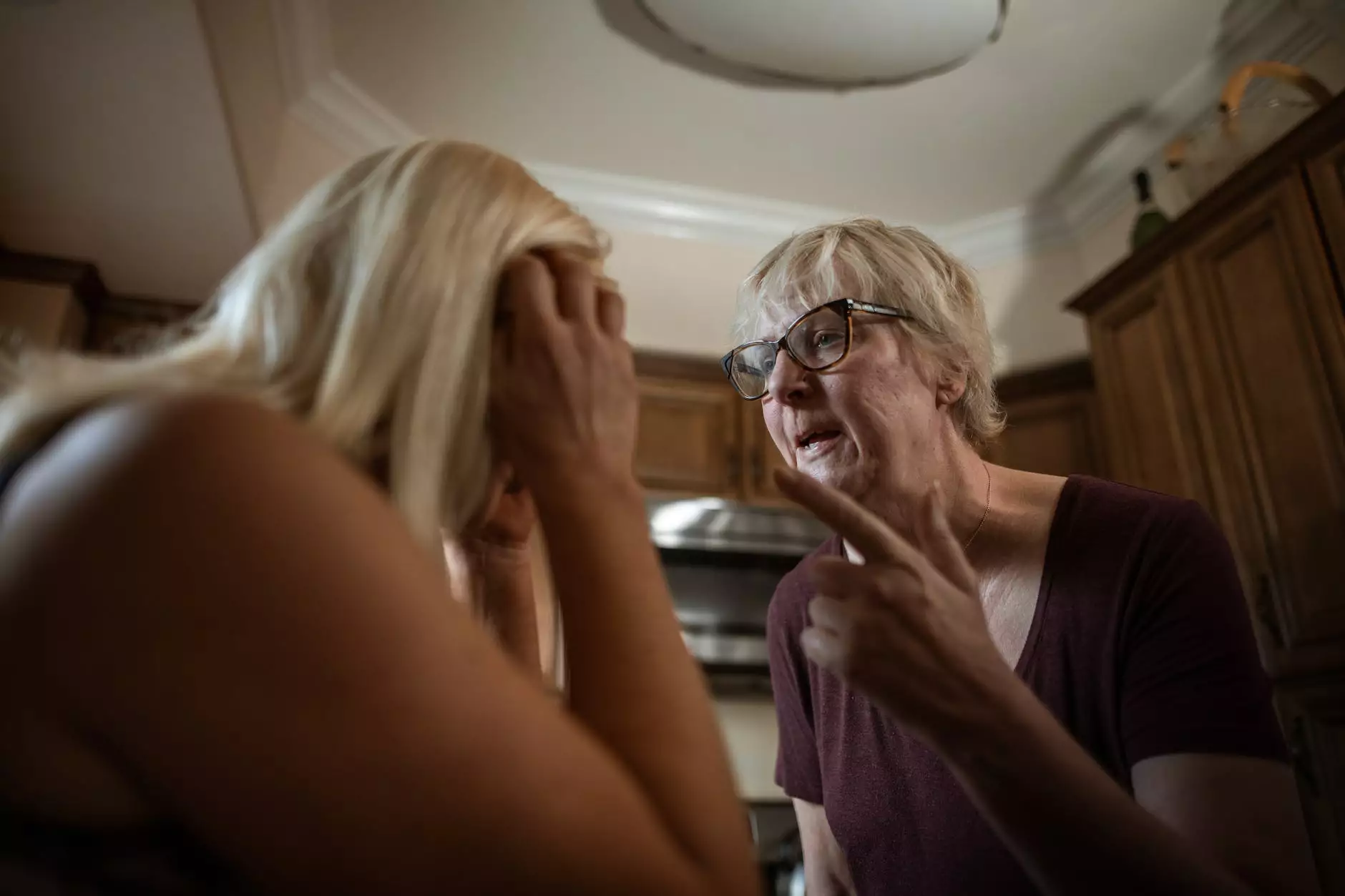Why Some Are Still Skeptical of Tanning Bed Risks
Cancer Care
The Health Risks of Tanning Beds
Tanning beds, a popular method for achieving a sun-kissed glow, have been a subject of controversy and concern due to the potential harm they can cause to our skin. Despite numerous studies conducted by experts in the field, some individuals still remain skeptical of the risks associated with tanning bed use.
At Bowling Orthopaedics, we understand the importance of promoting overall health and providing accurate information to the community. In this article, we aim to address common misconceptions and shed light on the dangers of tanning beds.
The Role of UV Radiation
Tanning beds emit ultraviolet (UV) radiation, primarily UVA and UVB rays, which penetrate the skin's surface and trigger melanin production. While some believe that tanning beds provide a safer alternative to natural sun exposure, studies have shown that indoor tanning can have severe consequences.
Prolonged exposure to UV radiation can lead to various skin-related issues, including but not limited to:
- Skin cancer, such as melanoma, basal cell carcinoma, and squamous cell carcinoma
- Premature aging, including wrinkles, brown spots, and leathery skin
- Eye damage, such as cataracts and corneal burns
- Suppressed immune system, making the body more susceptible to infections
- Uneven skin tone and hyperpigmentation
- Increased risk of heat-related illnesses, such as heat stroke
Factors Contributing to Skepticism
Despite overwhelming evidence supporting the risks of tanning beds, there are several factors that contribute to skepticism among certain individuals:
Misinformation and Lack of Awareness
One common reason for skepticism is misinformation surrounding the risks of tanning beds. The beauty industry, influenced by the desire for a tan, often downplays the potential harm and promotes the aesthetic benefits without highlighting the associated dangers accurately. This lack of awareness can lead to misguided perceptions of safety.
False Sense of Control
Some people feel they have better control over UV exposure when using tanning beds compared to natural sunlight. The ability to adjust the duration and intensity of tanning sessions can give a false sense of safety. However, it is crucial to note that even a short session can still lead to damage and increase the risk of skin cancer.
Instant Gratification
Tanning beds provide quick results, allowing individuals to achieve a desired tan in a shorter amount of time compared to sun exposure. This immediate gratification can overshadow the long-term consequences, leading to skepticism about the seriousness of tanning bed risks.
The Importance of Educating the Community
At Bowling Orthopaedics, we are committed to promoting health in our community. We believe that thorough education about the risks associated with tanning bed use is an essential step towards preventing unnecessary harm.
By providing accurate and comprehensive information about the dangers of tanning beds, we hope to empower individuals to make informed decisions about their skin health. Prevention is key, and understanding the risks allows us to take proactive steps in protecting ourselves and our loved ones.
Conclusion
While skepticism regarding the risks of tanning beds may still persist among certain individuals, the evidence supporting their harmful effects is undeniable. The team at Bowling Orthopaedics urges everyone to prioritize their skin health and make choices that protect their overall well-being.
If you have any questions or concerns about tanning bed risks or would like to schedule a consultation, please feel free to contact Bowling Orthopaedics. We are here to support you in your journey towards a healthy lifestyle.




